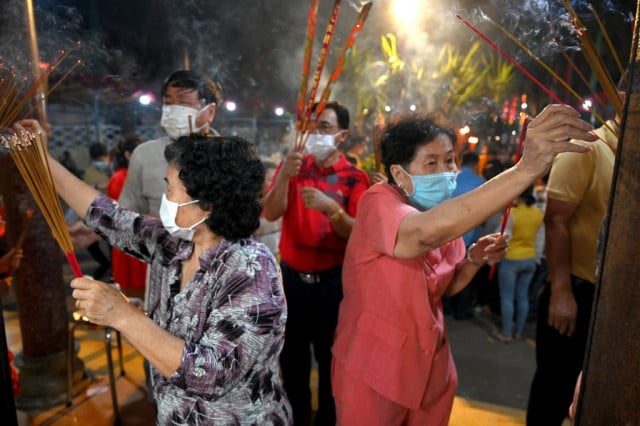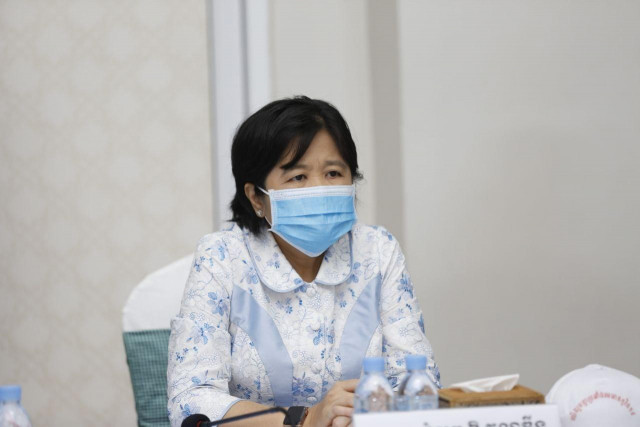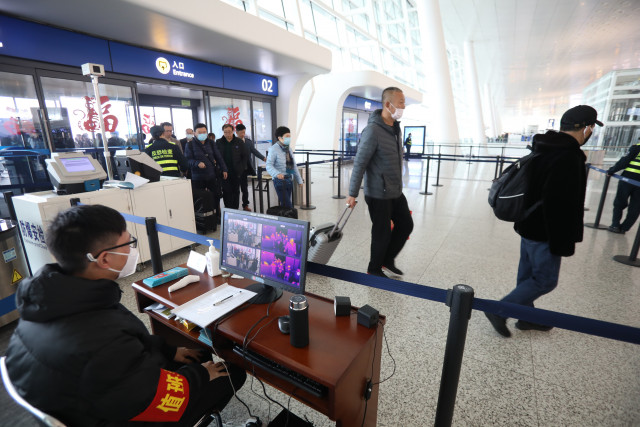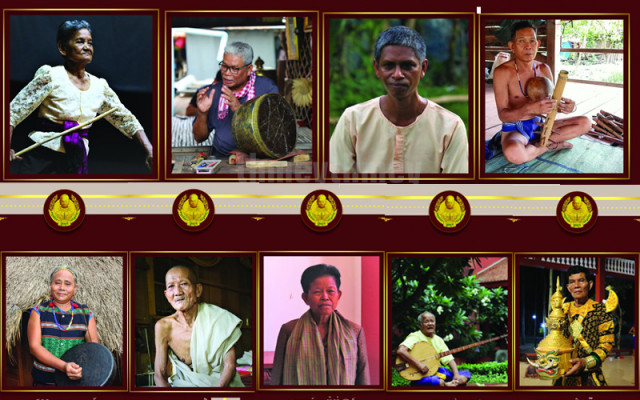COVID-19: Cambodia a Special Case?

- Cambodianess
- February 14, 2021 1:26 AM
With a little over 400 cases and no death, Cambodia has so far, from a healthcare standpoint, gone through the COVID-19 pandemic as if protected in a bubble.
For anyone who maintains ongoing relations with, among others, Europeans, the prevailing impression is that we don’t live on the same planet. For more than one year, they have gone from lockdowns to curfews while the emergence of coronavirus variants makes people fear that the long-awaited vaccines, which are just being released, may prove hardly, if at all, effective.
Here, in Cambodia, nothing or hardly anything has compared to this. The virus seems to have no hold on people in the country, the COVID-19 cases identified having originated, or being linked to cases having originated, outside the country.
Of course, control and quarantine measures at borders, systematic tracing of people who have been in contact with COVID-19 patients and temporary shutdown of some private or public locations such as schools have contributed to this exceptional and virtually unique situation in the world.
But there is something decidedly intriguing about living so much at odds with the rest of the world.
All kinds of hypothesis have been suggested to explain this public health “miracle.” The warm climate, Cambodians’ genetic heritage, the low population density in the countryside, and so on: Rumors have abounded, one more imaginative than the next.
And then, an information recently released has ended up on international news desks, turning the country into a key component to identify the origins of the pandemic and, at the same time, providing a clue to shed light on Cambodia’s uniqueness.
This information came from the Institut Pasteur du Cambodge in Phnom Penh. As part of its research on the origins of COVID-19 in the world, the institute recently checked its biobank’s wildlife samples going back years and identified a betacoronavirus closely linked to SRAS-CoV-2—the virus responsible for the pandemic—in samples of two Shamel’s horseshoe bats (Rhinolophus shameli).
These two bats had been captured in 2010 in northern Cambodia during a joint mission with the French National Museum of Natural History.
This means that 10 years ago, this virus, which is 92.6 percent similar to the one behind the current pandemic, would have been circulating in Cambodia and possibly generating—this is a hypothesis—a collective immunity against its cousin COVID-19. Cambodia’s neighboring countries in Southeast Asia such as Laos, Thailand and Vietnam where these bats can be found have been, up to now, less affected than some other countries by the pandemic, which may support this hypothesis.
But as reassuring as this may sound, what value may this presumed collective immunity have in view of the COVID-19 variants that are making so many countries panic throughout the world?
When all is said and done, as long as the pandemic will not be over across the world, Cambodia will not really be able to consider itself immune to COVID-19.















